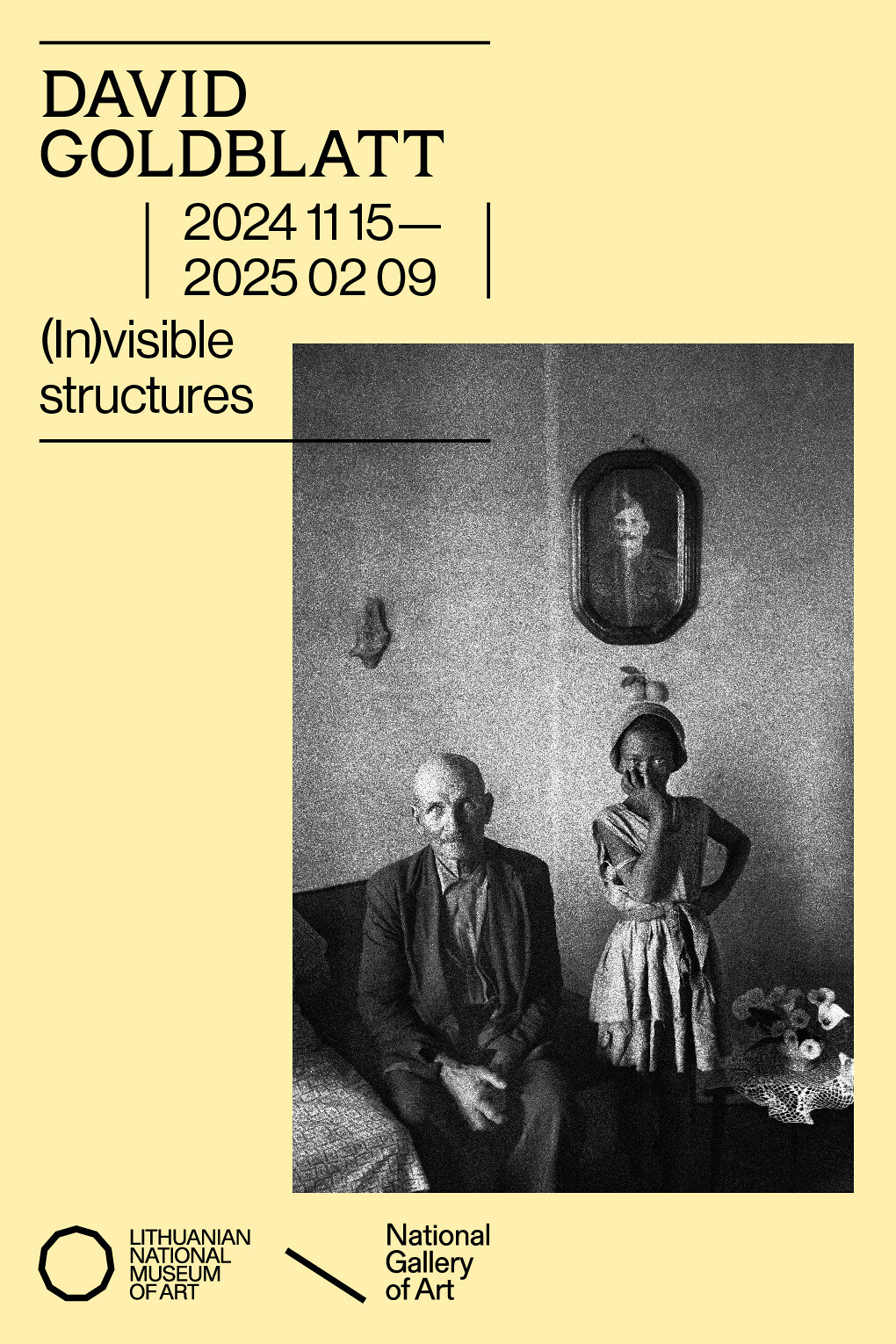Regarding the Point of Restraint
April 6–June 16, 2019
Nina Roos (born in Porvoo, Finland, in 1956) is among the most accomplished and acknowledged artists in the Nordic region. She represented Finland at the Venice Biennale in 1995 and has had two substantial retrospectives to date, at Kiasma in Helsinki in 2001 and at Malmö Konsthall in 2003. Roos was Professor of Painting at the Academy of Fine Arts in Helsinki in 2001–04 and has been External Tutor at the Malmö Art Academy since 1995. She won the Carnegie Art Award in 2003, one of many prizes she has been awarded. In 2017 she helped establish Kohta, a new private kunsthalle in Helsinki.
Her chosen mode of expression is painting, as a pictorial language that enables both authors and viewers to develop their intellectual and emotional faculties. “The important thing for me, from the beginning, was trying to define what a painted image is. Not to illustrate a story or an object.“ (All quotes are from Roos‘s recent studio conversation with curator Anders Kreuger, a transcript of which serves as the catalogue essay for this exhibition.)
For a painter with Roos’s reflective and investigative inclinations, every new work or series of works starts from the very beginning and is forced to find its own paths. The painted image, for her, is neither a ready-made concept nor an ideally finalized form of articulation but rather a highly deliberate process of producing immediacy and presenting it to the viewer. It is as if her paintings were perpetually “on the way to the image.”
The exhibition at Lunds konsthall offers viewers insight into Roos’s work and thought by presenting a handful of new and recent series of painted images. Risk and Crimson (notes) (both 2018–19) are united by the reddish-gray overall tone, by the experimental telescoping of painted surface into painted space, and by the recurrent use of twigs or thin branches as visual cues. “It is as if body and space were mixed up and compressed into something both indeterminate and fearsome.”
Regarding the Point of Restraint (2017) is the series that has lent its title to the exhibition, originally commissioned for a group exhibition that brought together artists and futures studies specialists. “I started working with the notion of restraint. I did that by representing knots, threads and other objects. These are realistically rendered, almost palpably, because I wanted clear correlations between distinct elements in my works and our reality. Without such palpable representations, the paintings risk being read as belonging to a closed system.”
The six paintings are built into a pavilion, whose walls are in turn painted three distinct colors: high-gloss oxblood and greenish beige on the outside, matt burnt orange on the inside. In addition to the purpose-built pavilion (which may be described as an architectural painting), Roos will have some walls in the gallery painted a bluish gray, as if a ”body of color” had been inserted into the architectural space, transforming it into a color sculpture. The themes of the pavilion and the colored walls are also developed in several series of drawings and watercolors (2013–15), now shown for the first time in an institutional setting.
Not Yet Said, Not Yet Done (2008) is a series of paintings in oil on acrylic glass—for the more recent series Roos has used canvas—that were inspired, or triggered, by collective spiritual exercises during a trip to Udmurtia (a republic within the Russian Federation) in 2007. “In retrospect I can define them as four visualizations of an interdependent inside and outside. The four paintings undermine the viewer’s position in relation to what is being viewed.”
Nina Roos: Regarding the Point of Restraint is an exhibition conceived both as a visual treatise on the painted image and as a demonstration of the power that painting has to transform built space and the space of thought. To be able to do these two things simultaneously, painting must both be about something and be something. Roos demonstrates that this is still possible in today’s reality, which is increasingly difficult for the individual to decipher and understand.
Lunds konsthall thanks all the lenders—those who wish to be anonymous and the Malmö Art Museum—and Frame Contemporary Art Finland for generously supporting the exhibition. Above all, Lunds konsthall thanks Nina Roos for the fruitful and pleasant collaboration.



